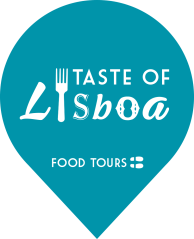The biggest misconceptions about Portuguese food
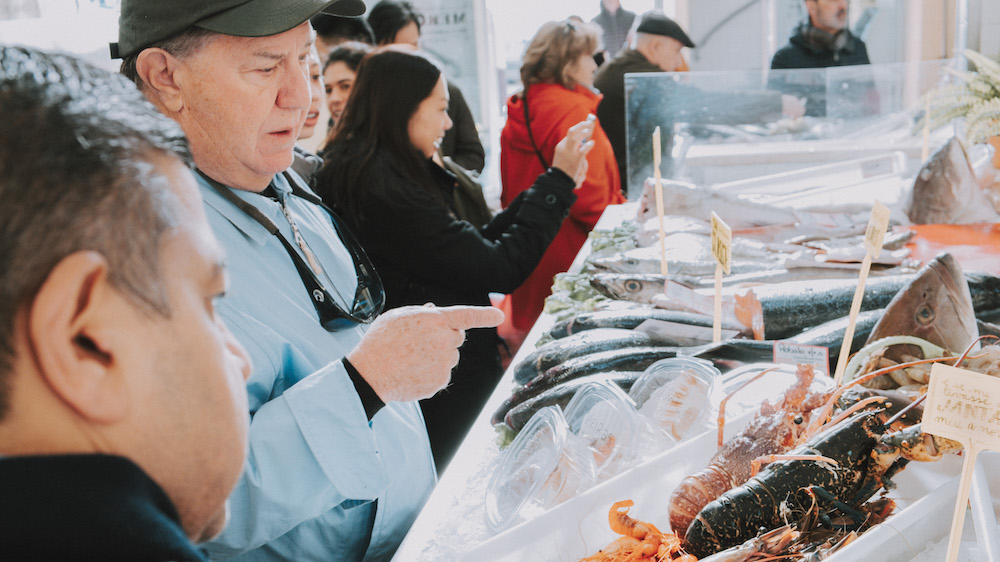
Whoever thought that Portuguese food is nothing much besides salted codfish and custard tarts was wrong. That would be the kind of person who perhaps also thinks that Portuguese dishes ought to be pretty much like Spanish food, even though the most Portuguese food they’ve ever eaten was paella.
It’s easy to oversimplify when you don’t know much yet about a subject. Today, we invite you on a journey to debunk some of the most widespread myths and misconceptions about Portuguese food.
‘Portuguese food is just like Spanish food’
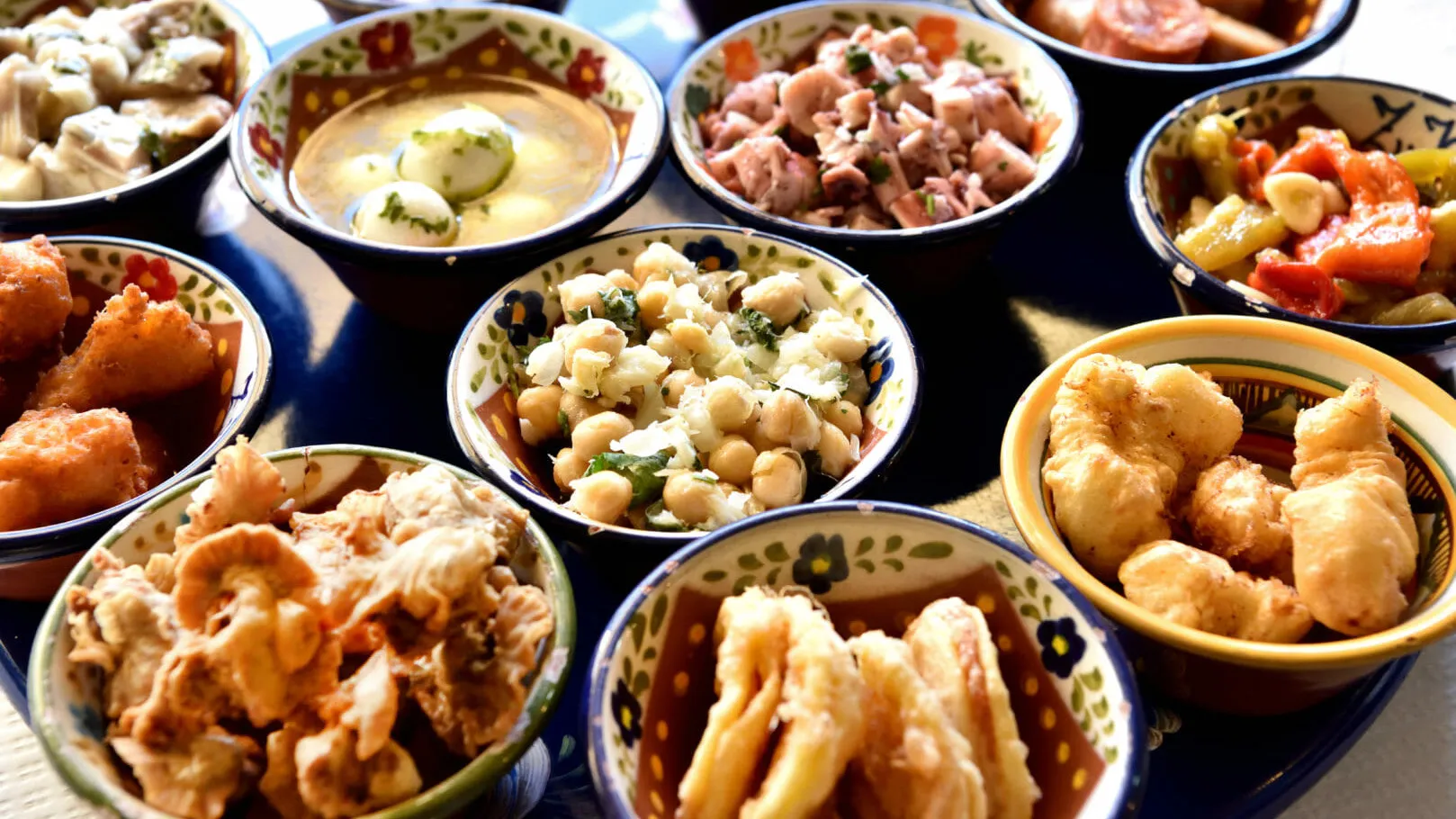
If you see a Portuguese restaurant advertising paella in Lisbon as a local speciality, it is more than likely that this establishment won’t serve you a good representation of what our local dishes are all about and it might well be a tourist trap. We have nothing against a lovely paella, of course, but this just goes to perpetuate the idea that Portuguese food is pretty much just like Spanish food. We’re here to tell you that it is not. But we also hope you come visit, do a lot of tastings, and come to your own conclusions.
We do share several key elements that are actually a part of the Mediterranean diet also shared with countries such as Italy and Greece. We’re talking about the extended use of extra virgin olive oil, consuming plenty of seafood, beans and greens, a historical focus on peasant food, and more. But besides these common ingredients and habits that are a natural consequence of our geographical similarities, we believe the essence and flavors that define Portuguese cuisine can indeed be highlighted on their own.
For starters, the main spices that contribute to Portuguese and Spanish dishes’ identities are distinct. While in Spain, for example, the use of saffron, paprika and flat leaf parsley is very widespread, here in Portugal we focus a lot on condiments such as sweet paprika, piri-piri (tiny but potent chilli peppers), bay leaf, coriander and, mostly for sweet dishes, cinnamon. Lots of cinnamon.
Other key differences? In Spain they eat paella, in Portugal we eat arroz de marisco. They are not the same! Paella is a drier rice preparation which can often mix seafood and meat, while arroz de marisco, is a saucy rice, that we call arroz malandrinho, with a mix of seafood swimming in tomato infused broth. Also, in Spain they eat tapas, while here in Portugal we call small dishes petiscos. While across the border you may enjoy a tortilla de patatas (potato omelette), here in Portugal you’ll most likely get runny eggs scrambled with asparagus or farinheira sausage, for instance. Similar concepts, different dishes.
Even though both Portugal and Spain share the territory of the Iberian Peninsula and, due to the topography and climate have access to very similar ingredients, our history is different and that has certainly influenced our cuisine. The Portuguese food you find now-a-days has been shaped by the Portuguese explorations around the world, and thus incorporates influences from Asia (particularly Japan), India, Brazil and several countries across Africa. Find out more about the best dishes from former Portuguese colonies you can taste in Lisbon!
We believe Portuguese food is not better nor worse than our neighbors’. And even though things are changing fast, it is still true that it is still a hidden gem and less known internationally. That is certainly not a reflection of the quality or uniqueness of our dishes, and more due to poor promotion in the past that resulted in lack of awareness worldwide. But we are here to change that! This is exactly why we are so proud when those who visit us in Lisbon and who knew little about Portuguese food before their trip end up being so amazingly surprised.
“Portuguese food is spicy”

Thanks to chains such as Nando’s, one of the most popular Portuguese foods abroad is piri-piri chicken. This BBQ chicken brushed with spicy oil certainly features on our top recommended dishes for when you come to Portugal. But it’s important to understand that not all of our dishes are spicy. In fact, not even roasted chicken has to necessarily be too spicy. In most churrasqueiras, that is, restaurants that specialize on grilling chicken and other protein over charcoal, you can ask for your chicken to be brushed at the end of the cooking process or, just as commonly, to have your piri-piri sauce served on the side so that you can add it to taste.
Besides piri-piri chicken, we use chilies for other dishes but compared to other (in)famously spicy cuisines from Asia such as Indian or Thai, or even Mexican, the level of spice used in Portugal is way lower. This doesn’t mean our food is bland, but it’s important to note the difference between condimented and hot!
“Portuguese cuisine all about the fish”

Traveling around Portugal with a keen eye on food exploration, it may be easy to reach the conclusion that over here cod is god! Indeed we have a love for salt codfish that runs deep. Besides cured fish, we also focus a lot on really fresh fish and seafood dishes. With such a long coastline, it just comes naturally to us. But this doesn’t mean that our typical cuisine doesn’t stretch far beyond the flavors of the sea.
When it comes to meaty delights, centuries of tradition have us use pork literally from nose to tail: fresh cuts for different traditional dishes and sandwiches such as the bifana, cured meats, sausages, offal, feet and ears, you name it – we probably have it! Traveling around Portugal, especially inland, you will understand (and taste!) some of our most representative meat specialties. In the interior of mainland Portugal, for instance, expect to find lamb and goat dishes, while in the islands of Azores, grass-fed beef of the highest quality is well worth a try too.
“Vegetarians can’t enjoy traditional Portuguese food”
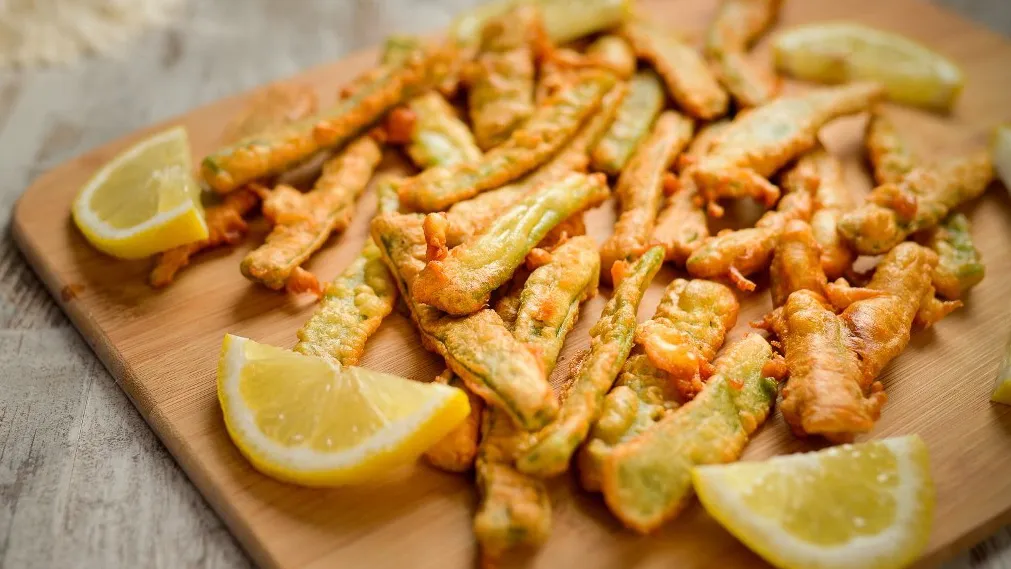
While this may be true for those following a strict plant based diet, lacto-ovo vegetarians have plenty to discover when it comes to traditional Portuguese food.
For starters, no matter where you go in the country, from small eateries to fancy restaurants, you will always find vegetable soups [inserir link para novo blog post sobre sopas], which are a staple of our eating habits. Still in the realm of starters, did you know that Portugal created peixinhos da horta which is the predecessor of Japanese tempura?
Perhaps the greatest regional cuisine when it comes to vegetarian options is the one from Alentejo. This southern region is one of the most important agricultural areas of the country. Here, you can sample beautiful local dishes such as tomatada (Portugal’s version of shakshuka), açorda (a simple but delicious broth with plenty of garlic and coriander poured on top of countrystyle bread and often served with a poached egg on top), and tiborna (similar to bruschetta, with various toppings).
One of the greatest things about food in Portugal is our decadent range of pastries and desserts, which can also be enjoyed by vegetarians, as long as dairy and eggs are a part of the diet. Pastel de nata, ovos moles de Aveiro, travesseiros de Sintra, queijadas… There are very few exceptions of sweets which you won’t be able to try as a vegetarian in Portugal.
“Pastel de nata is the Portuguese best dessert”
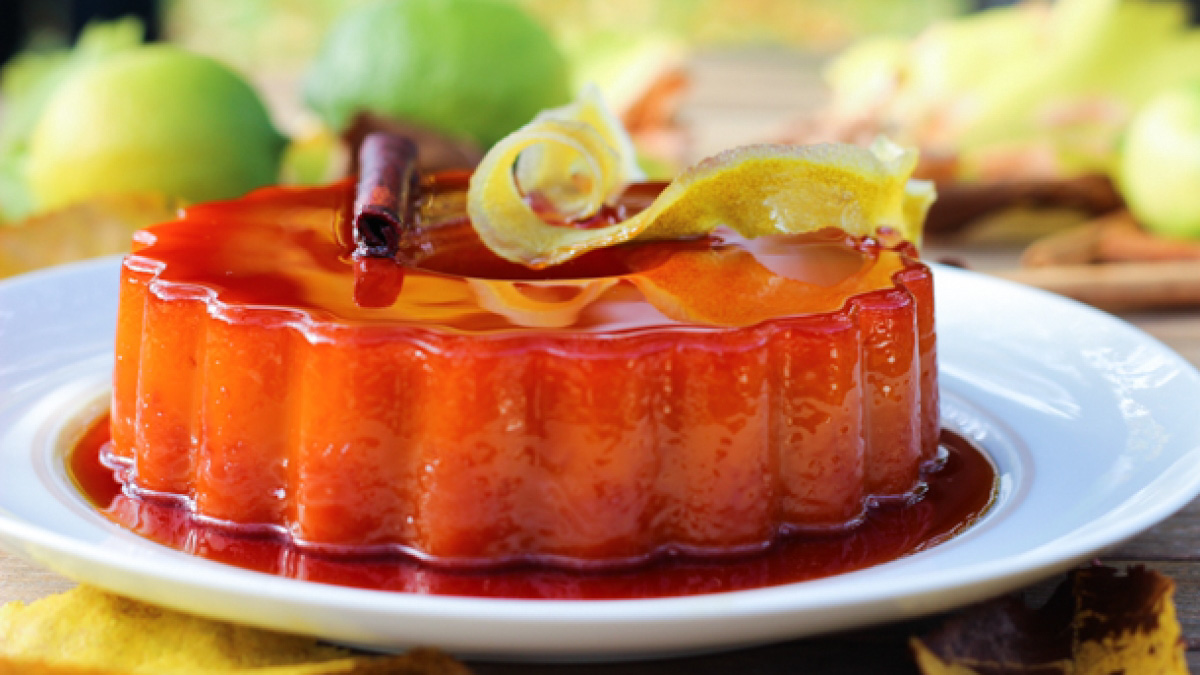
Well, yes and no. Depends on your personal taste. But, technically, Pastel de nata is not a dessert. We consider our popular custard tarts a pastry, a treat which is often enjoyed along with a coffee, for breakfast, or as a snack mid-morning or mid-afternoon. Since the international popularization of pastel de nata in recent years, it’s easy to come across articles that highlight these tarts as a must-try dessert while in Portugal. Of course we would want you to taste pastel de nata, also known by many visiting Lisbon as pastel de Belém. In fact, while we take you to eat the ones we consider to be the best in the city during our Food and Cultural Walks, we still encourage everyone who visits Lisbon to visit several pastry shops, do tastings of pastel de nata, understand the subtle differences from bakery to bakery, and eventually name their personal favorite.
So now that you know pastel de nata is something you can indulge in even first thing in the morning, what should you try for actual dessert after your main meals? Fear not as there are plenty of actual desserts to choose from, in a country that is obsessed with sweet endings. We recommend leite creme, sericaia, pudim Abade Priscos pictured above, molotof and farófias, just to name a few!
Feed your curiosity on Portuguese food culture:
The national dish of Portugal (it’s not codfish…)
Real people, real food. Come with us to where the locals go.
Immerse yourself in the Portuguese food and culture by joining our natively curated food & cultural experiences
Follow us for more at Instagram, Twitter e Youtube
